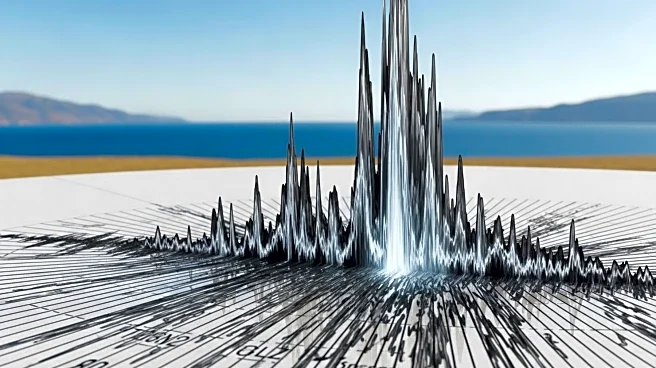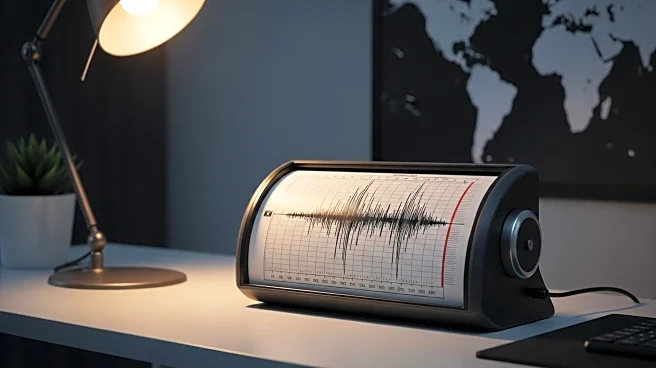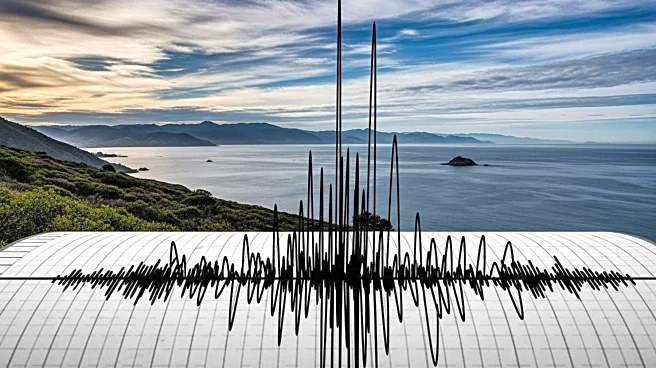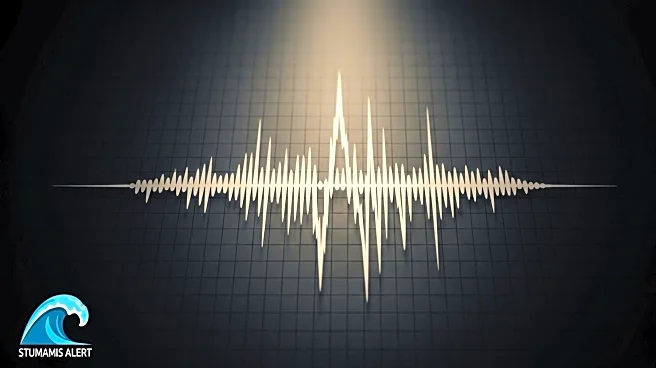What's Happening?
A powerful 7.8 magnitude earthquake occurred off the Pacific coast of Russia, leading to a brief tsunami advisory for Alaska's Aleutian Islands. The National Tsunami Warning Center initially issued the advisory for the Western Aleutian Islands, but it was later canceled. The earthquake struck approximately 80 miles east of Petropavlovsk-Kamchatsky, Russia, at around 3 p.m. Eastern time. Despite initial concerns, the Pacific Tsunami Warning Center in Honolulu confirmed that Hawaii was not at risk. Tsunamis, caused by undersea earthquakes or volcanic eruptions, can travel at speeds of up to 500 mph in deep water, posing significant threats to coastal areas.
Why It's Important?
The event underscores the potential threat of tsunamis to coastal regions, highlighting the importance of early warning systems and preparedness. Tsunamis can cause severe destruction, including loss of life, flooding, erosion, and structural damage. The ability to quickly assess and respond to such threats is crucial for minimizing impact. This incident serves as a reminder of the unpredictable nature of natural disasters and the need for ongoing vigilance and research in seismic activity and oceanography.
What's Next?
While the immediate threat has passed, authorities will continue to monitor seismic activity in the region. The event may prompt further studies into the seismic patterns of the Pacific Ocean and the effectiveness of current tsunami warning systems. Coastal communities may review and update their emergency preparedness plans to ensure readiness for future events.
Beyond the Headlines
The earthquake and subsequent tsunami advisory highlight the interconnectedness of global seismic activity and its potential impact on distant regions. It raises questions about the adequacy of international cooperation in disaster response and the sharing of technological advancements in early warning systems.











